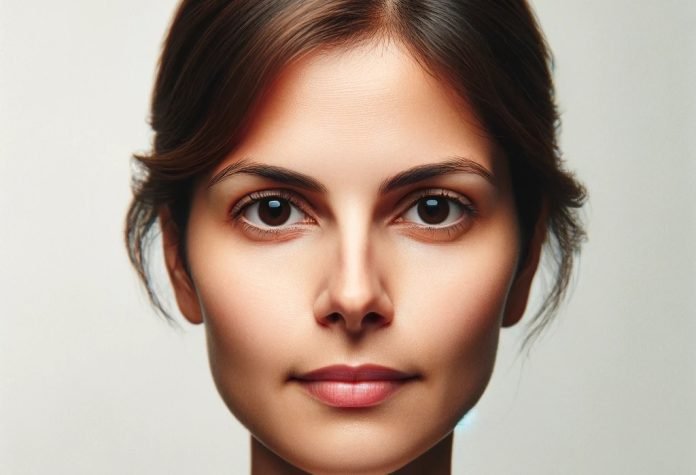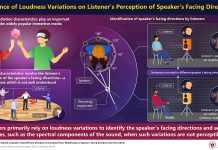
In recent years, the internet has seen a rise in fake videos and images that look very real, known as “deepfakes.”
These deepfakes use advanced technology to change or replace parts of a video or image, often altering a person’s face or voice.
While some deepfakes are made for fun, like apps that let people create funny videos with friends or celebrities, there’s a darker side to them.
They can be used to spread false information, invade privacy, and mess with politics by making it look like someone said or did something they didn’t.
With the world becoming more connected and information being spread faster than ever, the need to tell real videos from fake ones has become crucial.
This is especially true in politics, where fake videos could trick voters and cause a lot of harm.
Detecting these deepfakes has been a big challenge. Previous methods weren’t very accurate and struggled to work with different kinds of videos. However, a group of researchers from China and the United States has come up with a new way to detect deepfakes more reliably.
The researchers have developed a special model that can spot fake videos and images with more than 99% accuracy.
This new method uses a combination of two technologies called miniXception and LSTM (long short-term memory) models. By working together, these technologies can analyze videos and images to find signs that they’ve been manipulated.
The team also used a smart training strategy that helps the model learn better from different sets of data, making it more effective at recognizing deepfakes no matter where they come from.
Their research showed that this new method could identify deepfakes with an accuracy of 99.05% on a specific dataset called FaceSwap, which is a big improvement over older methods. This high accuracy is promising because it means we’re getting better at fighting back against the spread of fake and misleading content.
In simple terms, think of this new approach as a super-smart detective that can spot tiny clues in a video or image that show it’s been tampered with.
This detective is getting really good at its job, offering hope that we can protect ourselves from the dangers of deepfakes.
This breakthrough is a big deal because it means we’re one step closer to keeping the internet a safer place where people can trust what they see and hear.
As we continue to improve these technologies, we’ll be better equipped to fight misinformation and keep our conversations and information genuine.



